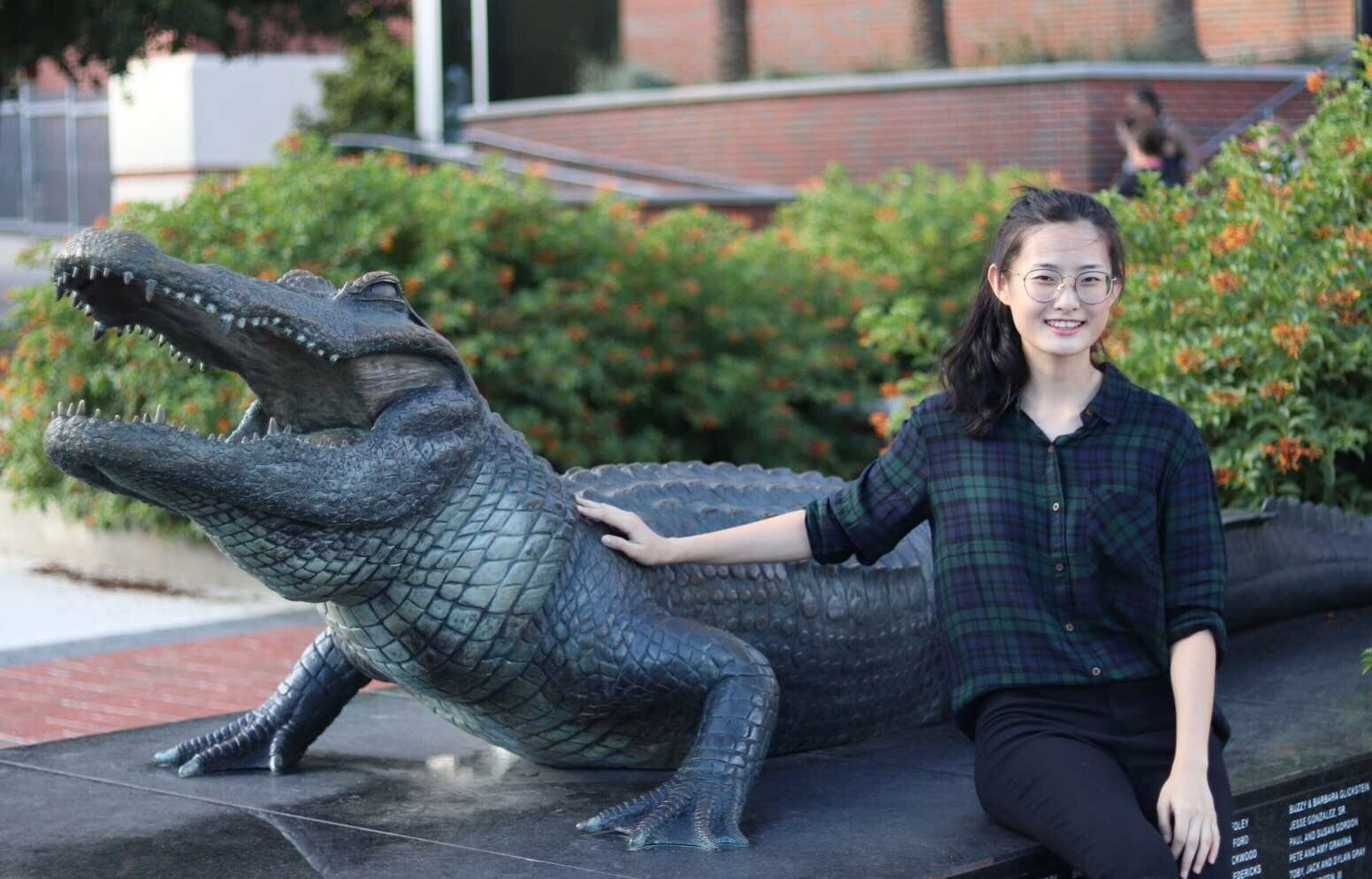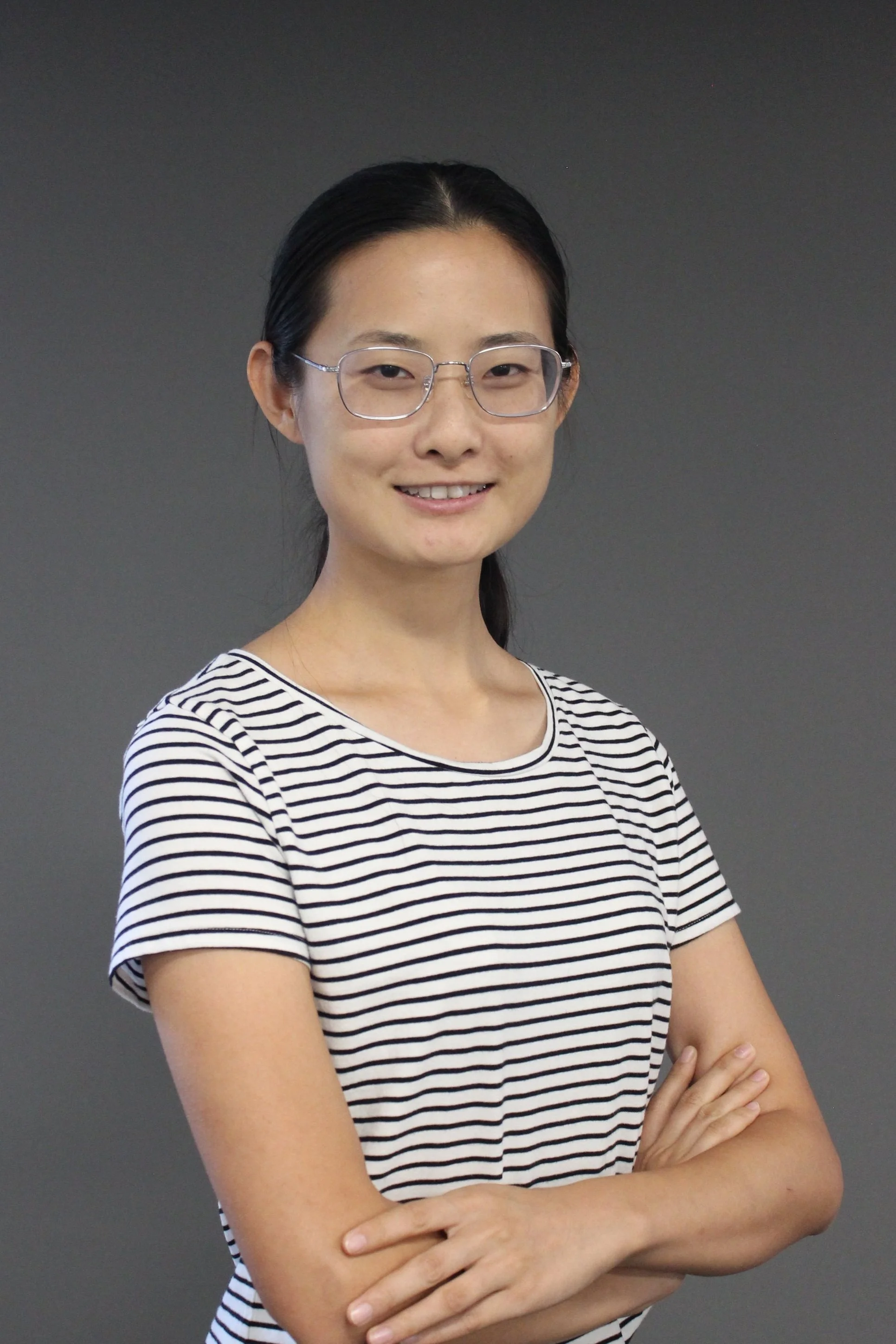Yu Niu graduated with a PhD from the Department of Tourism, Hospitality and Event Management on Summer 2020. She has also completed a Graduate Certificate in Gerontology and took classes in Sociology. Throughout her program, her research focused on the impact of leisure and tourism experiences on the health and well-being among older adults.
Her dissertation is titled An Investigation of Early Life Influences of Later Life Tourism Preferences, Constraints, and Facilitators and her committee chair was Dr. Heather Gibson. Here is a highlight of her project:
This study identified historical context, family of origin, timing of life events, and independent travel are crucial factors contributing to later life tourism preferences, constraints, and facilitators. The findings confirm that cumulative experiences which are organized by social contexts accruing over a lifetime have profound effects on tourism engagement in later life resulting in high variability across individuals and groups in travel-related preferences and outcomes. This study also highlights the potential for developing targeted marketing programs to promote integrating tourism into all stages of life.
It has been a great honor to work with Dr. Gibson over these past four years. I am deeply grateful to have had an advisor as knowledgeable, helpful and as dedicated to my success as she has been.
Yu Niu, PhD - Summer 2020
Nationality: China
Past work experience: Teaching assistant; Tourism planning projects in China.
Favorite UF experience: Watching football games. Although not a fan of sports, she enjoys the environment. She also cherishes the experience promoted by a class of volunteering in a nursing home in the US for the first time.
Favorite past project: The life course travel project of how older adults develop their travel patterns and what learning they had from travel during different life stages.
Favorite travel experience: Australia, during the TTRA conference in Summer 2019. She loved the Australian climate, culture, natural resources and tourism resources, besides the large Asian population living there.
Dream place to visit: Europe! She hasn’t been here yet and she is enchanted by the culture, history and heritage of the old center of the world.
Fun fact: She is very minimalist. She likes to have less but “right” things and keep life simple and organized.
Tourism spatial organization of historical streets - A postmodern perspective: The examples of Pingjian Road and Shantang Street, Suzhou, China
Yu Niu, Degen Wang, Lin Lu, Jia Qian
While tourism is closely associated with globalization and modernity, so too it has been held to exemplify post-modernism. This paper reports the application of the concept of deconstruction to urban heritage sites. Such locations are divided into the tourism zones of cultural, leisure and landscape spaces. After describing the construction of these three spaces it is suggested that “eight paths” of space organization exist, namely “culturalization”, “creative”, “experience”, “humanization”, “leisure”, “refinement”, “life-orientation” and “characteristic”. The final section of the paper proposes an integrated organization of space that aids our understanding of historical street design in Suzhou through a utilization of post-modern concepts.
Keywords: Historical street; Postmodernism; Tourism spatial organization; Pingjiang Road and Shantang Street of Suzhou
More about Yu...
Motivated by helping others, Yu focuses her research on understanding the role of tourism and leisure experience on the health and well-being of older adults. Her objective is assisting other people age well and enjoy their lives better. Through her research, she hopes to make the industry pay attention and understand the older adults as a heterogeneous market segment, their needs, their motivations, their behavior and experience in the fields of tourism and leisure, and consequently, design better products and programs for these individuals.
Most of her work is conducted using qualitative methods such as interviews, which gives her a more in-depth perspective of individuals’ thoughts and experiences. One of her most recent projects analyzes how older adults’ leisure experiences in their neighborhoods contribute to their health and well-being. Through interviews with older adults, she was able to find that the place attachment to their neighborhood, created by the leisure experiences they have in that community, grow a sense of better health, well-being, and quality of life on these individuals. Another project she has been working on studies the impact of tourism during older adults’ life course. She interviewed older adults in Gainesville, FL, about their lifelong travel experiences, focusing on how these tourism experiences are detrimental on the development of self across life course and choices and well-being in later life. With this study, Yu could determine the cumulative effect of tourism on older adults’ tourism preferences, patterns, choices, as well as overall well-being in later life.
High achiever, Yu has sixteen publications already, being four of them while studying here at UF, and she is not stopping anytime soon: the PhD student has two manuscripts under review, one about neighborhood leisure experience, and the other one about international retirement migration. Retirement overseas is a growing worldwide trend, and older adults are always looking for places where climate and health care options are nicer, where they can enjoy their later life with better quality than in their original hometowns. Understanding this trend can be crucial for city planning and design in many aspects, from architecture and construction to recreation.
Although recently centered around the gerontology theme, Yu has also worked with different tourism areas. At the Travel and Tourism Research Association (TTRA) conference this past Summer, she has presented a study about online reviews and perception about theme parks. Another of her favorite projects is about spatial organization of historical streets and analyzes how the use of spaces in historical commercial leisure spaces are arranged and evolve over time, developing suggestions on how to better organize these spaces for tourism.







